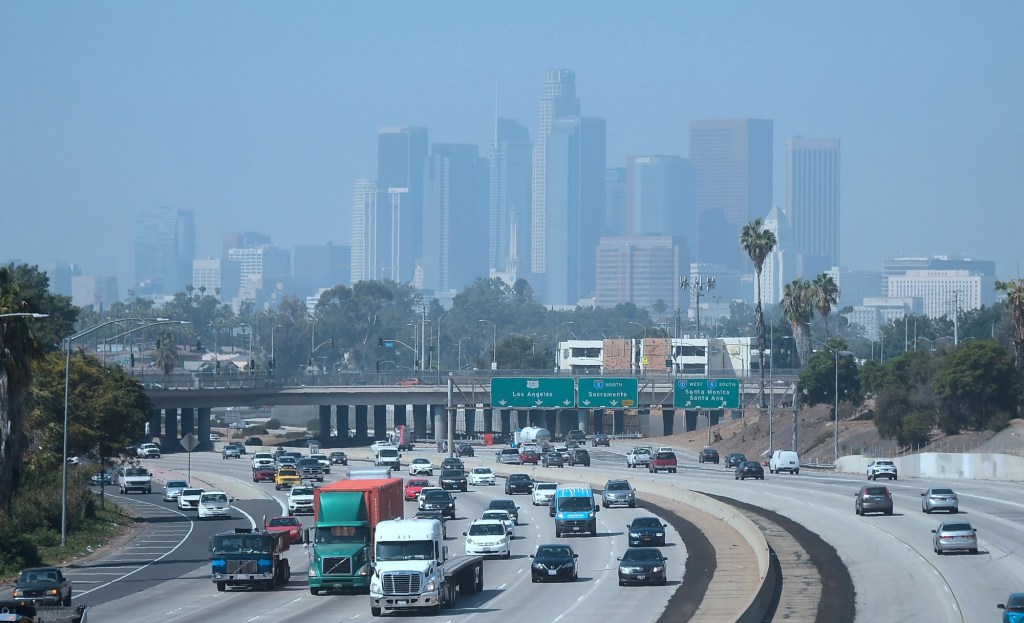A hidden pollutant that contaminates Southern California’s nighttime air is much more prevalent than previously thought, suggesting that air quality alerts underestimate the health effects of breathing smoggy air, a study released Wednesday reported.
Researchers at Caltech and other academic institutions found that levels of ammonium nitrate made up half of the fine particulate pollution (PM2.5) on the region’s worst air days but are unaccounted for by air pollution control agencies. This means air quality indexes of “good,” “moderate,” “unhealthy,” or “hazardous” released to the public may be worse than indicated.
“When PM2.5 is measured and ammonium nitrate levels are high, the PM2.5 is underestimated because most of it evaporates before it is measured,” wrote the lead author of the study published in “Science Advances” on May 21, Ryan Ward. He did the work while a graduate student at Caltech in Pasadena and is now a post-doctoral fellow at Columbia University in New York.
PM2.5 are tiny pollution aerosols that originate from tailpipes of cars, trucks, ships in port and also fossil-fuel powered garden equipment. These particles can lodge deep into the lungs and the brain and are linked to poor health outcomes.
Scientists and medical doctors have known for at least 20 years that breathing smog peppered with high PM2.5 levels is linked to cardiovascular issues, respiratory problems, and premature death. Chronic exposure to PM2.5, the size of 2.5 micro meters or less, and the slightly larger variety, PM10 that’s 10 micro meters leads to hospitalizations, higher incidents of asthma and COPD and even death, according to a recent article by Dr. Olawale Amubieya, pulmonologist and junior faculty in the Division of Pulmonary and Critical Care Medicine at UCLA Health.
Ward wrote that it’s not known if this inorganic chemical is more toxic than the other compounds found within PM2.5, he said, adding that in total, microscopic particulate…
Read the full article here







